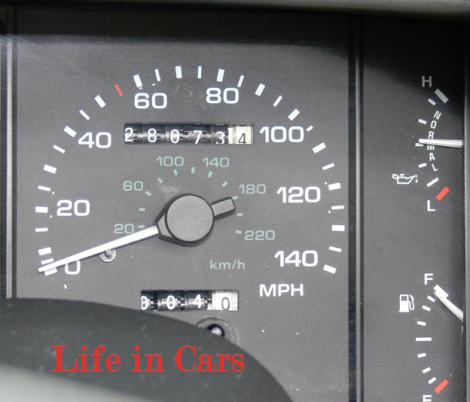
(This is part 6 of a multi-part series. If you wish to start at the beginning, click here)
Tom Petty didn’t sing this verse exactly, but maybe he would’ve understood the sentiment. In the pre-adolescent and early teen years, both sides of my family continued to cycle through cars every few years as we traversed the salad days.
A Jeep Wagoneer found its way into my mom and stepdad’s garage circa 1986. So did a 1980 Fiat 124 Spider 2000, followed by a 1986 Jaguar XJ6. The concept of having more cars than drivers felt very decadent.
When people think of the 80’s Wagoneer with fake wood paneling on the side, it’s the Grand model that comes to mind. However, early on Jeep made an XJ model that was (nearly) visually identical to the Cherokee.

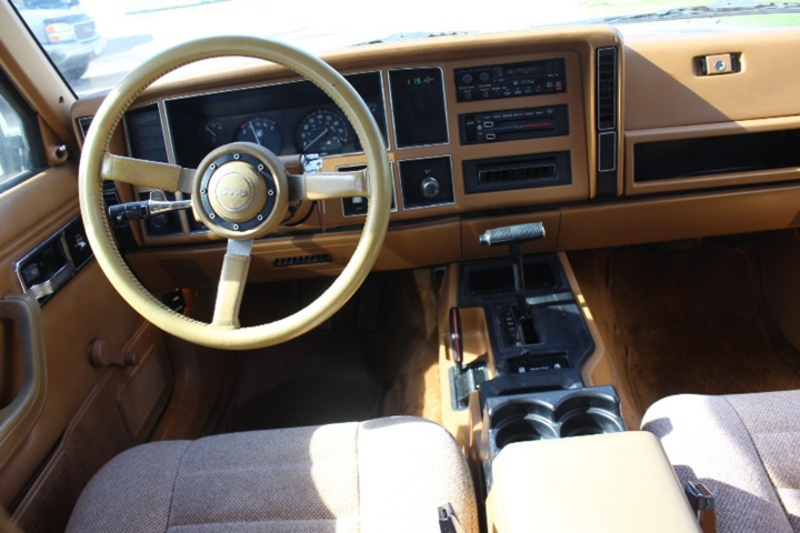
The Wagoneer was to be the first of several Jeeps (both sides of the family would go on to own 5 Jeeps between them: the XJ Wagoneer, two XJ Cherokees, two ZJ Grand Cherokees). I did some of my first real driving lessons in the Wagoneer in a high school parking lot. The Wagoneer was the worst of them all. It had 4wd, but that was a serious penalty as its 2.8L V6 brought all of 115hp.
It was the first time I’d heard the term “Grocery go-getter,” and it fit the definition. In later years, my brother was allowed to drive it to high school. I have cringe worthy memories of early mornings, being half-awake or frozen while he snuck a smoke and blasted Motley Crue’s Kickstart My Heart or anything from the Def Leppard/Hysteria tape, trying to chase away whatever teenage demons were plaguing him. All this just led to my frustration and longing to have wheels (and music) of my own once I hit driving age.
Riding in the Jag, on the other hand, was sublime. My first introduction to what a European luxury car was. British racing green over a biscuit interior. The styling, the dual fuel caps (only one functional), inlaid wood trim, quality leather, whisper quiet ride, silky smooth suspension (later eclipsed when I took my first ride in a Mercedes 300E). Even though bought used, it connoted this air of superiority driving around, along with pangs of privileged guilt in a heart that felt more bourgeois than connected to the upper crust of society (They’ve always been too crusty for me). Serendipitously, one of my elementary school classmate’s dad was an independent Jag mechanic—so the Big Cat’s occasional mechanical foibles were more readily solvable than the Fiat’s.
There came a stern warning from parents that my brother was NEVER to drive the car as he wasn’t insured on it —- And the revelation my brother made to me (and later to them) of how he snuck it out of the garage as a HS senior and cruised around KC one weekend they were out of town. I was shocked by the act: The risk, the daring. “What if you had wrecked it? What if you hooked up with Rebecca DeMornay and drowned it off a pier?” My brother, already on shaky ground with his academic struggles and trying to find his way. Thousands of potential dollars he didn’t have uncovered by insurance? They wudda murderized him. The car was cool, and yes, it would’ve been primo to have been seen driving around in it by peers. My conservative, risk-averse head couldn’t make the risk-to-benefit calculation work in logical favor here.
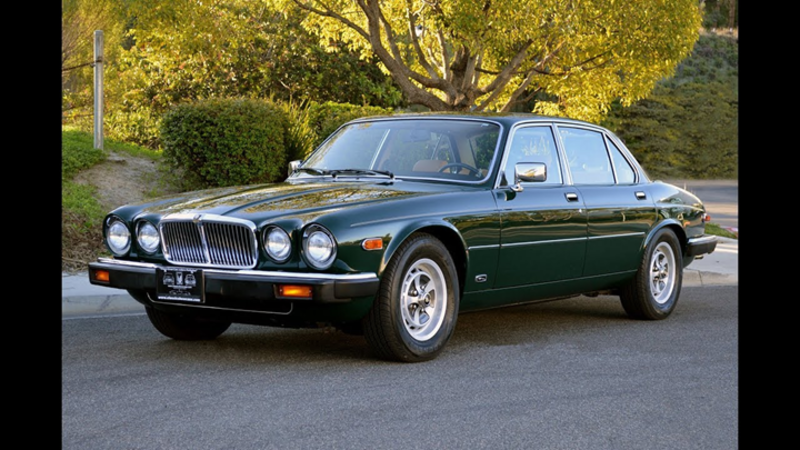
The Fiat: As much as I like convertibles, I don’t recall being super impressed with the car. It had older styling with the round headlights, and it didn’t seem particularly fast. It was my stepfather’s fun car, and I think he worried about its reliability. This was the first time I ever heard the now well-exhausted cliché “Fix it Again Tony.” He worked long hours, but drove it on occasion. I recall top-down errands in cold weather, huddling up next to the floor trying to stay warm, puzzled as to why anyone would think it a good idea to drive around in a convertible in less than perfect weather conditions.
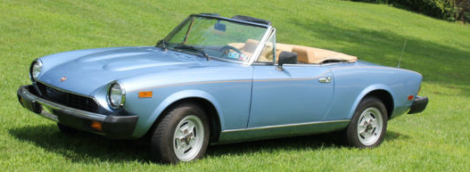
My dad, having sworn off underpowered sedans so he could haul his boat, found his way into a new 1987 Cherokee with the 4.0L V6, but that’s a story for part 8.
My stepmother had a penchant for Swedish cars and dad bought her a 1986 Saab 9000 turbo, the first car in which I practiced learning a stick shift. My older brother probably wrung more performance out of that car than anyone else did (when opportunities arose and no one was watching). As a novice driver, I was more interested in not killing the engine or wrecking it on the scant couple of occasions I was given the keys. Still, some interesting first experiences: Scandinavian, turbo-charged engine, manual transmission. Ah, the whoosh of the turbo. Boost is most certainly addictive, the effects even more dangerous to a developing adolescent brain…
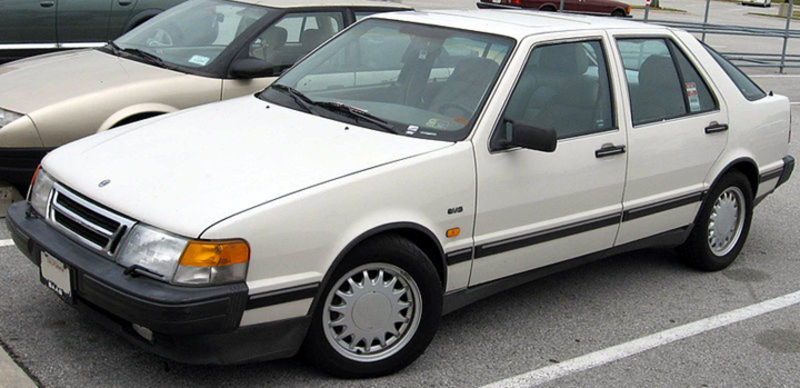
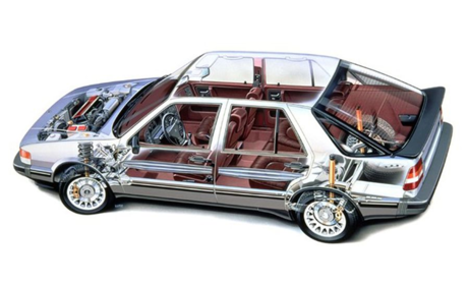
Coming soon, Part 7
Summary:
HP: 112hp (1986 Jeep Wagoneer 2.6L V6); 176hp (1986 Jaguar XJ6); 80 hp (1980 Fiat 124 Spider 2000); 175 hp (1986 Saab 9000 turbo)
Torque: 210 ft-lb (1986 Jeep Wagoneer 2.6L V6); 219 ft-lb (1986 Jaguar XJ6); 100ft-lb (1980 Fiat 124 Spider 2000); 201 ft-lb (1986 Saab 9000 turbo)
Interesting facts: The ignition on the Saab is down by the parking brake. I hear people get made fun of for not knowing where to put the key in a 911 the first time they get in, though I doubt Swedes are so judgmental.
Soundtrack: Motley Crue: Kickstart My Heart (please, make it stop)
